My article in BrandsIT dated June 10th, 2018.
We are naturally delighted to see babies smile when they recognize our faces as we lean over them. We are amazed to see little ones utter their first words as they repeat after us. Then comes the time when a child begins to make up stories about the fairy tale characters we have read to it about. Finally, it learns to count, draw, write and correct its first school paper. And then one day we hear it express opinions about the world. Opinions that are often so extraordinary they leave us in shock. At this moment, we are witnessing a human being becoming intellectually independent.
Limited self-sufficiency
It is not only people that learn from experience by acquiring knowledge from the outside world. We are now witnessing a time when sophisticated information technologies are also emerging from infancy. One development associated with Artificial Intelligence that captures the imagination of the entire world is machine learning. The name itself hints at a field of fully automated processes that rely on intelligent data processing and smart decision-making. AI is where the most ambitious R&D work is conducted in today’s world.
Machine learning is a field positioned on the borderline between mathematics, statistics and programming, i.e. information technology. Its goal is to create complex algorithms capable of reaching optimal decisions and, even more importantly, continuous self-improvement. The algorithms that underpin machine learning are specific and highly sophisticated. By and large, they rely on a dynamic model that processes inputs (data) to make specific decisions. What is significant is that such algorithms have the ability to “self-learn” as they actively process the datasets that are entered. However, the entire mechanism has one serious limitation. And that is, as the computer executes its tasks, it draws on experience of the “supervisor”. What it means is that man – a programmer, operator or teacher – critically influences the way information is processed. His or her job is to support the machine by entering data batches, manually checking the conditions that result from analyses and remove system blockages. The computer’s self-sufficiency therefore continues to be limited as it depends on an expert. The general consensus is that the first people to witness machine learning were the IBM experts who tried to develop algorithm to help chess players improve their game. A landmark along the path came with the developmentof the Dendral IT system at Standford University in 1965which automated chemical analyses. It is now recognized that the research led to the first computer-discovered compounds.
Some the latest research seeks to eliminate or at least strongly reduce the teaching role played by humans to ensure that algorithms learn independently.
Time for unlimited self-sufficiency
One of the most intensely explored areas today in the field of machine learning is deep learning, viewed as a subcategory of the former. Extensive mathematical structures that support multi-strand processing, referred to as neural algorithms, are capable of making decisions, correcting them by learning from their mistakes and, based on prescribed models, selecting from the available sets the data that most accurately addresses a given question or problem. In other words, they can learn independently using the deep learning method. Deep learning supports e.g. voice recognition, natural language, translation from various languages and image recognition. All these functions are particularly interesting to corporations such as Facebook and Google.
Link to the full article (in Polish)
Related articles:
– Why do we care about blockchain technology?
– Blockchain – the ultimate financial crash
– Blockchain – the Holy Grail of the financial system?
– What is blockchain? All you need to know
– Blockchain has a potential to upend the key pillars of our society

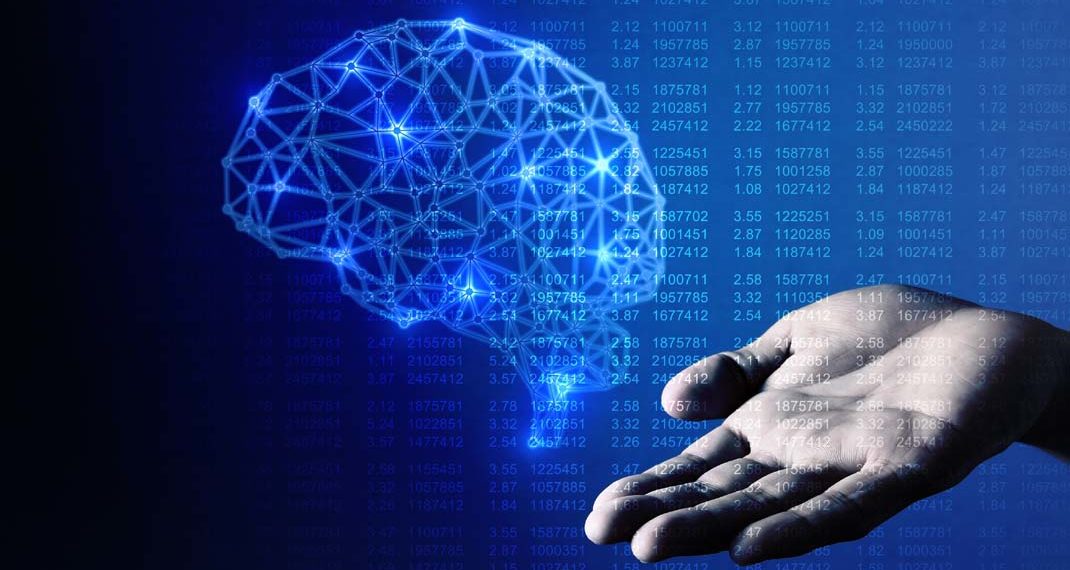
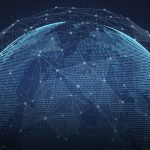
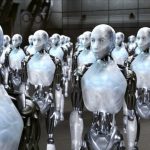
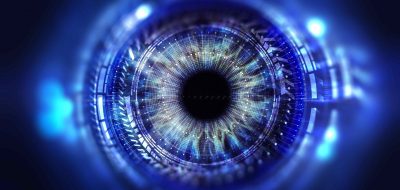
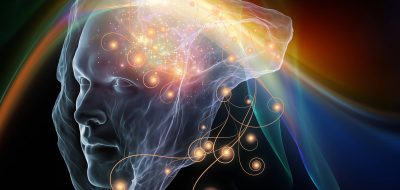




TomK
Asking people “what they fear most” is in itself probably a good example of a fear-focused AI perspective. In my view, focus on practical problemsolving and pragmatic regulation is what we need most.
Adam Spikey
I guess that is still about simple queries, not about conversation – even about something simple as – “on my invoice is higher amount of money to pay, than It supposed to be, why is that?”
Norbert Biedrzycki
Tom Jonezz
What’s more, observers and economists note the movement towards a transhumanist society will exacerbating the gulf between the rich and the poor. Transhumanist technologies are expensive and will be for the foreseeable future, which inevitably means that the elites might pull even further ahead of the rest of the world, much of which is too poor for even basic healthcare.
Tom299
Once the neural network has been trained, it can generate any length of text that the author desires, either at random or working from a specific seed word or phrase. The text is written one sentence at a time, based on images, locations, dialogue from the microphone, and even the computer’s own internal clock.
TonyHor
It is very often about how the questions are asked. I see a significant dichotomy in this article. The way we use AI, machine learning, bots etc and how it improves, speeds up our effectiveness is evolving, people accept that -that’s great. But no one really explained what does it mean a Robot Boss… so it is more an answer to the question – are you afraid of more and more robotics, AI, etc as a part of your processes in corporate job. That is not the same.
At the same time there is something very frightening how people “conciously” put themselves and “as brick in the wall” not the creators… it is like choosing the race they can not win … 🙁 I would listen to Jack Ma more 😉
https://www.youtube.com/watch?v=pQCF3PtAaSg
ZoraBora
Robotic process automation covering more and more rules based tasks is inevitable and you are right that it may bring unexpected side effects like creating more jobs or increasing creativity of those released from boring tasks ..:)
Acula
Just another of many articles that continues to drip feed the incorrect, false information regarding AI and ML.
For Eg.” by the way, all this raises doubts about the claim that machines will never be able to experience human emotions and feelings. But that deserves a separate article.”
Well, here’s a few of those articles.
https://aeon.co/essays/your-brain-does-not-process-information-and-it-is-not-a-computer
https://www.linkedin.com/pulse/adoption-ai-machine-learning-healthcare-what-right-tabriz-m-d-ceo/
https://phys.org/news/2018-06-machine-redesign.html
https://www.linkedin.com/pulse/difference-between-artificial-intelligence-wisdom-stanley-bergman/
Simon GEE
Overall, very good read. At least 1st half 🙂
Oscar2
Taking into consideration that AI solutions (ie neural networks, genetic algorithms, machine learning, etc.) can be represented using computer programs (written in C, Java, etc.). Computer programs to be started on the computer have to be translated to the machine code where the main control instructions are simple conditional instructions and jump instructions, so we can say that “AI is nothing but a bunch of “if…else” statements”… 🙂
Simon GEE
Could someone just explain the difference between a decision tree rule system and a Nueral Net? 😂
Norbert Biedrzycki
The difference is vast. Rule-based systems are examples of “old style” AI, which uses rules prepared by humans. Neural networks are examples of “new style” AI, whose mechanism is “learned” by the computer using sophisticated algorithms, and as a result, we humans don’t really understand why it works. While in some cases rule-based systems could be effective, the general trend in AI has been to switch to machine-learning algorithms such as neural networks, due to their much better performance.
Rule-based systems and Artificial Neural Networks are just some of the different algorithms/models that are being used. Other popular approaches are Support Vector Machines, decision trees, ensemble methods, probabilistic graphical models, and there are many others.
Adam Spark Two
All AI is is an abstraction or map of another system. If navigating said map is less expensive than navigating the system it maps, it is said to be intelligent.
Acula
Interesting and still scary. Probably because people still cannot grasp it and the Matrix movie is too fresh for some and people still need to see the bright light of this tech advancement. And somehow it could not stop me thinking that “Indeed, jobs where human interactions, creativity and emotional intelligence matter should not be endangered” but this is already happening. Everyone is behind its mobile device and interaction hardly happening. Maybe a robot will help change that as we are so obsessed with devises that chatting to a robot will become the new norm of interaction…
AndrewJo
People still cannot grasp it and the Matrix movie is too fresh for some and people still need to see the bright light of god huge advancement. And somehow it could not stop me thinking that “Indeed, jobs where human interactions, creativity and emotional intelligence matter should not be endangered” but this is already happening. Everyone is behind its mobile device and interaction happening. Mane a robot will help change that as we are so obsessed with devises that chatting to a robot will become the new norm of interaction…
Karel Doomm2
ll go one further and say that all systems respond to changes in their environments (learn) and that learning is all that intelligence is, and that intelligence is only selectively fit if it makes better predictions than the predictions from the structures that it competes against and that no qualitative differences separate some predictions from others, and that there is therefor no difference between bio and any other form of intelligence and or evolution.
John McLean
Humans are nothing but a bunch of atoms.
John Accural
Probability will suffice for this problem, machine learning will be used only if you have an unlimited amount of tries or have a large amount of historical data
Grzegorz Wiatr
Re-qualification is an important mechanism to aid the transition from more to less automatable jobs. Important not to dismiss the importance of providing retraining and social protection for young workers and those in low-skilled jobs.
TomCat
I’m pretty sure that the ratio between job lossed to automation and jobs created by automation is not 1:1. I would respectfully suggest that the losses will significantly outpace the creations.
TommyG
ML could be used only if you have an unlimited amount of large amount of historical data
TomHarber
… where is the remaining English half of this read?